
by John Boston
Here’s the May Amazing, the latest installment of the dreary soap opera that this magazine has become. The well-qualified Ted White is the new editor, the fourth in ten issues. Though he’s listed as Managing Editor, and Sol Cohen as Editor and Publisher, White’s editorial makes it clear that he will be running the magazine—within the constraints of Cohen’s policies, of course, most notably the reprint policy.

by Johnny Bruck
As a debut issue, this one does not impress, but that’s probably not a fair judgment. Given the abrupt departure of White’s predecessor Barry Malzberg, it was likely a scramble to get any issue at all together from available parts. The fiction contents include an Edmond Hamilton story in a series that has run in Amazing and Fantastic for several years, publication no doubt foreordained; one very short new story; and the usual heavy load of reprints, all from the 1950s consistent with recent practice. The non-fiction includes, as usual of late, a Laurence Janifer movie review (Barbarella—he likes it!) and a Leon Stover “Science of Man” article. The only identifiable change is a letter column. The book review department is missing, one hopes temporarily, since it has been one of the magazine’s brighter aspects.
As for future plans, White provides a rather carefully argued editorial, which starts by analogizing the “New Thing” in science fiction to the ongoing innovations in popular music, noting that despite the “sudden flowering” of rock music, it isn’t forgetting its roots. After some commentary on the New Thing, sympathetic but cautionary (“One J.G. Ballard can be important, but ten little Ballards?”), White asserts that most of the “New Wave” writers have not neglected their predecessors, citing Zelazny and Delany, noting particularly that Delany has absorbed and transformed old Planet Stories-style space opera plots. “It is my conviction that the science fiction field needs a magazine in which the old and the new can exist side by side, each thriving from its proximity to the other. And that is what I intend for Amazing: Something of the old (the reprints) and of the new (the best of the new writers). . . .” And he concludes by adding that this issue’s “Star Kings” novelet by Edmond Hamilton exemplifies exploration of the genre’s roots—but next issue we can expect a “new and very different novel by Robert Silverberg.”
It’s all gracefully done, touching the necessary bases with plausible conviction, and starkly contrasting with Harry Harrison’s pandering editorial of February 1968, which made essentially the same substantive points but which struck me as “a disappointingly smarmy exercise in having it both ways.”
The letter column is divided among sober commentary on current SF, the pleasures of letter columns and fanzine reviews, and a quite long letter contesting Stover’s “Science of Man” article War and Peace, which White says he cut down from 14 pages. Shades of Brass Tacks! This feature will require some tightening up but White clearly takes it seriously. As for the reference to fanzine reviews, White promises “fan features” in both Amazing and Fantastic.
And up front—though looking backward—is another cliched cover illustration by Johnny Bruck. Last issue, fellow Journeyer Cora Buhlert wished that Amazing would use the good Bruck covers rather than the dull ones. Yes! If there are any.
The Horror from the Magellanic, by Edmond Hamilton
The lead story is Edmond Hamilton’s “short novel” (33 pages), The Horror from the Magellanic, latest in his series of sequels to his 1947 novel The Star Kings. I won’t repeat my previous jaundiced comments on the whole enterprise, but will leave it at a couple of samples:
“ ‘Highness, they’ve come out of the Marches. The Counts’ fleet. They’re more than twice as strong as we expected . . . and they’re coming full speed toward Fomalhaut!’
“Chapter Two
“Gordon felt a chilling dismay. The Counts of the Marches were throwing everything they had into this. And whether their gamble succeeded or not, in the dark background brooded the unguessable purposes and menace of the H’harn.”
And:
“. . . Gordon sat for a long time looking past the moving lights and the uproar and clamorous confusion of the great city, toward the starry sky. A star kingdom might fall, Narath might realize his ambition and sit on the throne of Fomalhaut, and he, John Gordon, and Lianna might be sent to their deaths. And that would be a world tragedy as well as tragedy for them.
“But if the H’harn succeeded, that would be tragedy for the whole galaxy, a catastrophe of cosmic dimension. Thousands of years before they had come from the outer void, bent on conquest, and only the power of the Disruptor, unloosed by Brenn Bir, had driven them back . Out there in the Lesser Magellanic Cloud they had brooded all this time, never giving up their purpose, filtering back gradually in secret plotting with the Counts, plotting with Narath, making ready some new tremendous stroke.
“Doomsday had come again, after those thousands of years.”

by Dan Adkins
To my taste, this is all an idea whose time has passed. No disrespect to Hamilton—a working professional writing in a mode he virtually invented—especially since he has shown he can work quite capably in styles other than this bombastic costume drama (see his 1960 novel The Haunted Stars). Three stars, acknowledging the craft involved, even if I can’t get interested.
Yesterdays, by Ray Russell
The new short story (very short), Ray Russell’s Yesterdays, couples two ancient themes, time running backwards and mad scientists; it’s clever and facile, as one would expect from the long-time fiction editor of Playboy, but no more. Three stars.
The Invaders, by Murray Leinster
The longest story in the issue is Murray Leinster’s The Invaders, from the April/May 1953 issue of Amazing, the first in its short-lived experiment in paying more in order to get better material from more well-known authors. Leinster shared the contents page with Heinlein, Sturgeon, and Bradbury. Unfortunately his story begins well but undermines itself, unusually for this professional of decades’ standing.

Uncredited
The scene is set in terms of purest Cold War paranoia. The protagonist, surveying in Greece, flees an unacknowledged incursion by Bulgarian soldiers, and the author observes:
“It was not the time for full-scale war. Bulgaria and the other countries in its satellite status were under orders to put a strain upon the outside world. They were building up border incidents and turmoil for the benefit of their masters. Turkey was on a war footing, after a number of incidents like this. Indo-China was at war. Korea was an old story. Now Greece. It always takes more men to guard against criminal actions than to commit them. . . This was cold war.”
In the midst of this covert crisis, the protagonist discovers powerful evidence of infiltration by extraterrestrials in human guise—but what to do? Who will believe him? Leinster builds an atmosphere of suspense and suspicion at first, but it is quickly dissipated by hints that something different and more benign is going on, and by the end there’s no suspense or surprise. Three stars, barely; it’s at least slickly readable, as usual for Leinster.
King of the Black Sunrise, by Milton Lesser
Milton Lesser’s King of the Black Sunrise is an entirely more rancid kettle of fish. It’s from Amazing, May 1955, in the midst of the Howard Browne/Paul Fairman era of calculated formulaic mediocrity, and shows it. It reads like the result of a barroom bet over how many egregious cliches the author could cram into a single story.
Kent Taggert, fugitive from justice on murder charges (but of course he’s innocent), is tracked down on the obscure planet Argiv by a woman who wants to hire him for a dangerous assignment. “I looked at her for the first time. She was beautiful. So damned beautiful and so damned sure of herself. I felt like poking her one.” A bit later: “I could smell her perfume, not the kind that slams two sexy fists into your nostrils but the subtle kind, like the girls can buy only on Earth.”

Uncredited
The woman (named Helen, we later learn) discloses that the World Bureau of Investigation is on his trail, and like clockwork, a guy “who was trying too hard not to look like law” shows up at the bar where this conversation is occurring. Taggert decides he’d better take Helen’s proposition—to guide her party to find and plunder the treasure of the Black Sunrise.
See, Argiv has three suns—per the natives, the Green God, the Yellow God, and (“greatest of all”) the Purple God. They all rise and set at different times, but occasionally they are all below the horizon at the same time. That’s the Black Sunrise, even though it’s really a sunset. During the Black Sunrise, the barrier to the natives’ treasure cave opens up, and new offerings are deposited to make sure the three Gods come back. No one who has sought to steal this treasure has emerged alive.
So our freebooters hire some native bearers (“big flabby purple-skinned Argivians”) and march into the jungle (“King Solomon’s Mines, a hundred parsecs out in deep space,” muses Cotton, the hotheaded jerk of the party). But soon enough the bearers become fearful and desert, and the humans must push on without much of their equipment.
It goes on in similar vein, but recounting it is even more tedious than reading it. One star.
Wish It Away, by Frank Freeman
Frank Freeman’s Wish It Away (Fantastic, January-February 1954) is a jokey vignette so inane it almost hurts to describe it. Protagonist Mervin sees a monster every night, psychiatrist tells him to “wish it away,” next night the psychiatrist sees the monster, who says, “Mervin sent me. I hope it’s all right.” Now nobody else has to read it. One star.
Race-Zoology and Politics, by Leon E. Stover
The “Science of Man” article by Leon E. Stover suffers the faults of its predecessors, magnified. Race-Zoology and Politics is an outright polemic, with Stover taking up the cause of Carleton S. Coon, author of The Origin of the Races, who was denounced as a racist a few years ago by the president of the American Anthropological Association. Stover says Coon “has simply become a ‘non-person’ to the profession,” but: “It is a dead certainty that Coon sometime in the future will be rehabilitated and recognized for the great work he has done, which has been to complete the uncompleted work of Darwin.”
Well, maybe. Stover proceeds to argue Coon’s case about the evolution of human physical types in his familiar assertively dogmatic fashion. This one-sided partisan presentation concerning what is apparently a hot ongoing argument in the profession is of little use to the lay reader trying to understand more about the underlying science. Not rated—it’s just out of place here.
Summing Up
This is the most discouraging issue of Amazing in recent memory. The magazine continues to limp along under the weight of the reprint policy, and this issue’s batch of them is the worst in some time. Notably, the original notion of reacquainting the current SF readership with forgotten classics of the field—or at least interesting period pieces—has largely been lost as the reprints have come more frequently from Amazing’s more recent periods of outright mediocrity, mostly ranging from routine to awful. Will yet another new editor be allowed to make it better?

![[April 10, 1969] Low (May 1969 <i>Amazing</i>)](https://galacticjourney.org/wp-content/uploads/2024/04/amz-0569-cover-490x372.png)

![[March 10, 1969] Speed (April 1969 <i>Fantastic</i>)](https://galacticjourney.org/wp-content/uploads/2024/03/COVERHALF-672x372.jpg)





















![[February 8, 1969] So Much for That (March 1969 <i>Amazing</i>)](https://galacticjourney.org/wp-content/uploads/2024/02/amz-0369-cover-492x372.png)






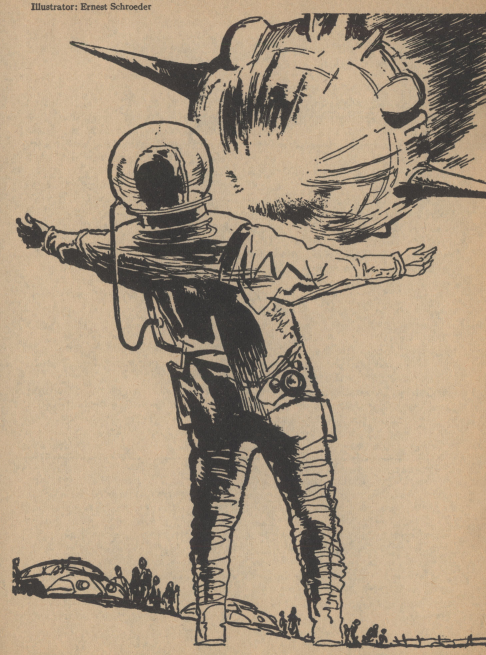
![[December 4, 1968] Sign Me Up (January 1969 <i>Amazing</i>)](https://galacticjourney.org/wp-content/uploads/2023/11/amz-0169-cover-355x372.png)






![[November 10, 1968] Ratings (December 1968 <i>Fantastic</i>)](https://galacticjourney.org/wp-content/uploads/2023/10/COVERREDUCED-672x372.jpg)















![[October 6, 1968] Snail on the Slope? (November 1968 <i>Amazing</i>)](https://galacticjourney.org/wp-content/uploads/2023/10/amz-1168-cover.png)


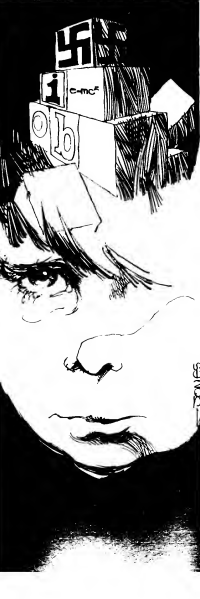





![[July 14, 1968] Long Time No See (August 1968 <i>Fantastic</i>)](https://galacticjourney.org/wp-content/uploads/2023/06/COVER-2-672x372.jpg)






















![[June 6, 1968] The Stalemate Continues (July 1968 <i>Amazing</i>)](https://galacticjourney.org/wp-content/uploads/2023/06/amz-0768-cover-496x372.png)
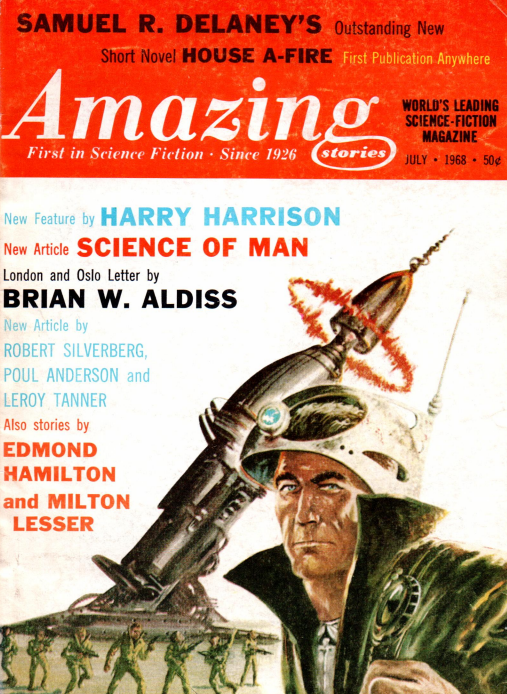
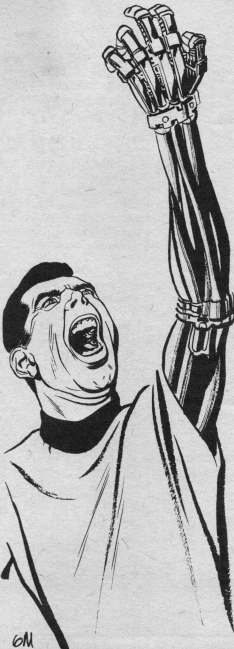
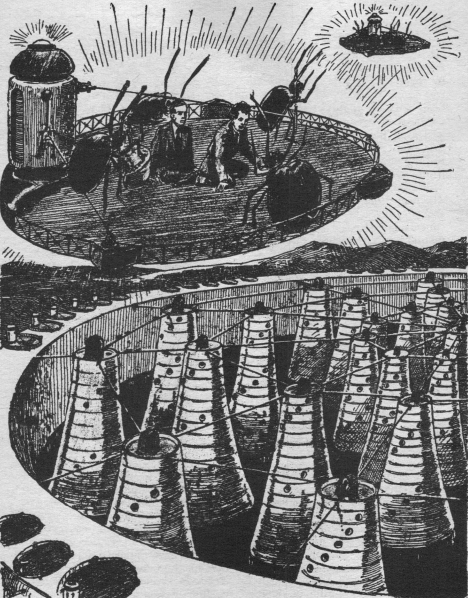

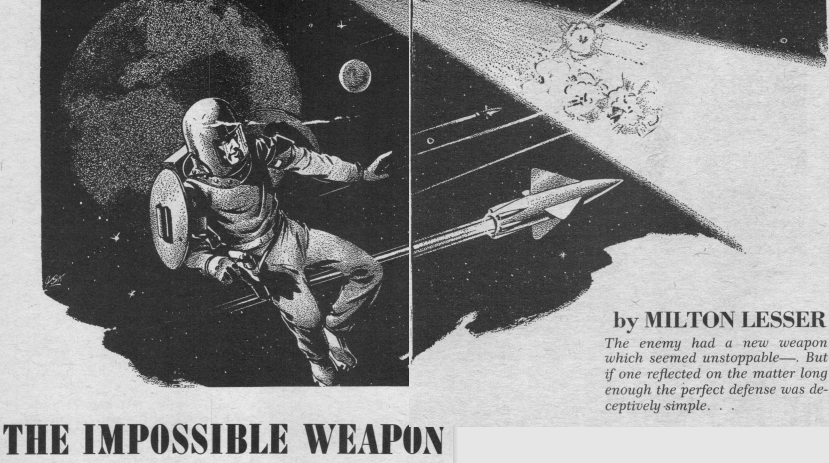
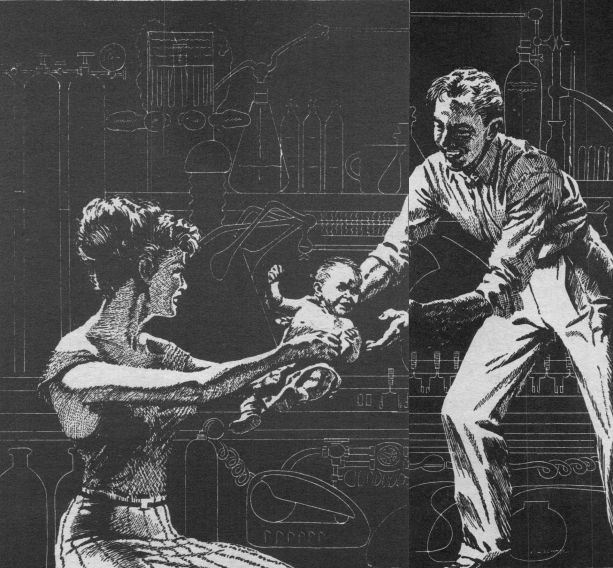
![[April 12, 1968] Darkness (May 1968 <i>Fantastic</i>)](https://galacticjourney.org/wp-content/uploads/2023/04/SMALLCOVER-672x372.jpg)

















 This tale appeared in the December 1956 issue of the girlie magazine Caper, attributed to Spencer Strong (Ackerman again) and Morgan Ives (Marion Zimmer Bradley.)
This tale appeared in the December 1956 issue of the girlie magazine Caper, attributed to Spencer Strong (Ackerman again) and Morgan Ives (Marion Zimmer Bradley.)
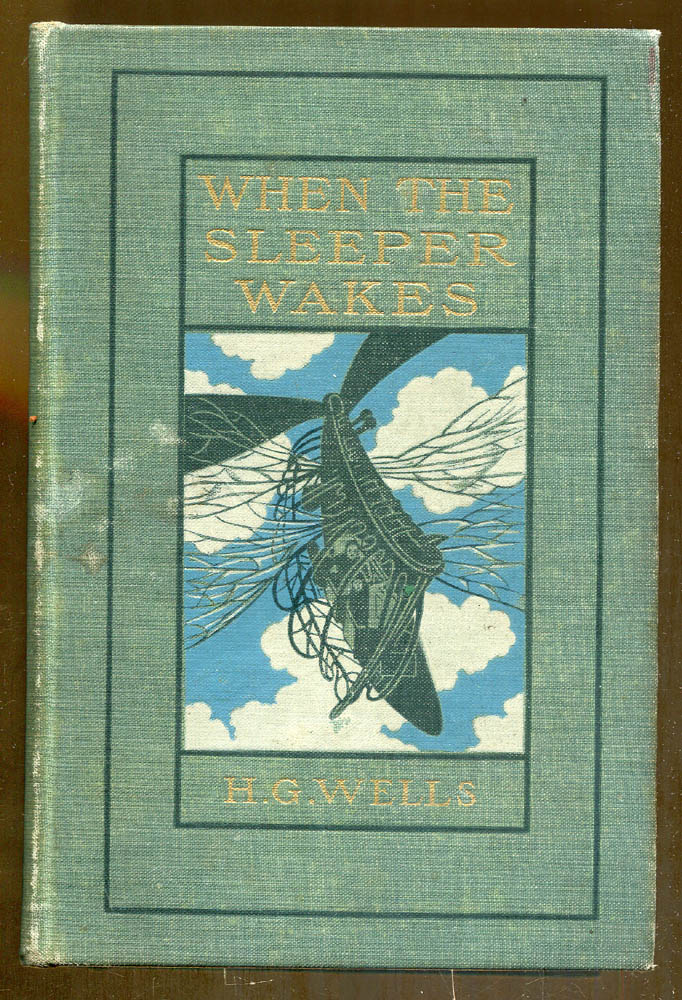





![[April 10, 1968] Things Fall Apart (April 1968 <i>Amazing</i>)](https://galacticjourney.org/wp-content/uploads/2023/04/amz-0468-cover-447x372.png)






